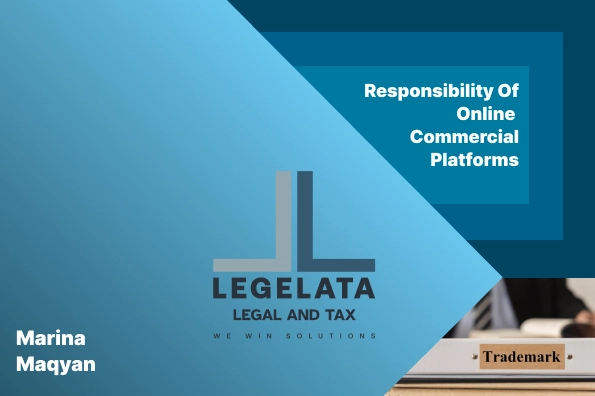Every CEO has fingers crossed that the acquisition he or she is pursuing will be a success. Those teams who identify and calculate correctly the potential synergies from the merger or acquisition probably have the highest potential to successful acquisition.
M&A Synergies are generally categorized as follows:
1. Operational Synergies:
Operational synergies arise from combining the operations of two companies to achieve greater efficiency and productivity. This type of synergy often involves streamlining processes, eliminating duplicate functions, and optimizing resource utilization. For example, a merger between two manufacturing firms might result in economies of scale, allowing them to produce goods at lower costs per unit.
2. Strategic Synergies:
Strategic synergies involve leveraging complementary strengths and capabilities to achieve strategic objectives that would be difficult or impossible for each company to accomplish independently. This could include expanding into new markets, diversifying product offerings, or accessing new distribution channels. For instance, a technology company might acquire a smaller startup to gain access to innovative technologies and intellectual property rights.
3. Financial Synergies:
Financial synergies focus on improving the financial performance of the combined entity through various means such as cost savings, increased revenue, or enhanced capital structure. Examples include reducing overhead expenses through consolidation, achieving higher profit margins through economies of scale, or accessing cheaper sources of financing post-merger.
4. Revenue Synergies:
Revenue synergies result from the combined entity's ability to generate additional sales or revenue that would not have been achievable individually. This can be achieved through cross-selling products or services to each other's customer bases, expanding market reach, or capitalizing on new business opportunities. For example, a merger between a software company and a consulting firm might create opportunities to bundle software solutions with consulting services, leading to increased sales.
5. Technological Synergies:
Technological synergies involve combining technologies, research and development efforts, or intellectual property to create innovative products or solutions. This type of synergy is particularly common in industries such as pharmaceuticals, biotechnology, and information technology, where technological advancements drive competitive advantage. For instance, a merger between two biotech firms might result in the development of breakthrough drugs by leveraging each other's research capabilities and expertise.
6. Cultural Synergies:
Cultural synergies are often overlooked but are crucial for the long-term success of M&A transactions. They involve aligning organizational cultures, values, and ways of working to foster collaboration and integration. Failure to address cultural differences can lead to employee disengagement, resistance to change, and ultimately, integration challenges. Therefore, companies must invest in cultural integration efforts to ensure a smooth transition and maximize the benefits of the merger or acquisition.
In conclusion, synergies play a pivotal role in driving the success of M&A transactions by unlocking value and creating opportunities for growth and innovation.
By understanding the various types of synergies and effectively leveraging them, companies can position themselves for sustainable competitive advantage in today's dynamic business landscape. However, achieving synergies requires careful planning, execution, and ongoing management to realize the full potential of the combined entity.
Author:
Got Margaryan (Mr)
Managing Partner, Legelata Law Firm
DISCLAIMER:
This material is produced for Legelata LLC. The information contained in this piece is provided for general informational purposes only and does not contain a comprehensive analysis of each item described. Prior to undertaking (or not to undertaking) any actions, the reader is advised to seek professional advice tailored to their specific situation. Legelata or the author accepts and holds no liability for acts or omissions taken in reliance upon the contents of the contained information in this material.
LEGELATA LLC 03.04.2024












